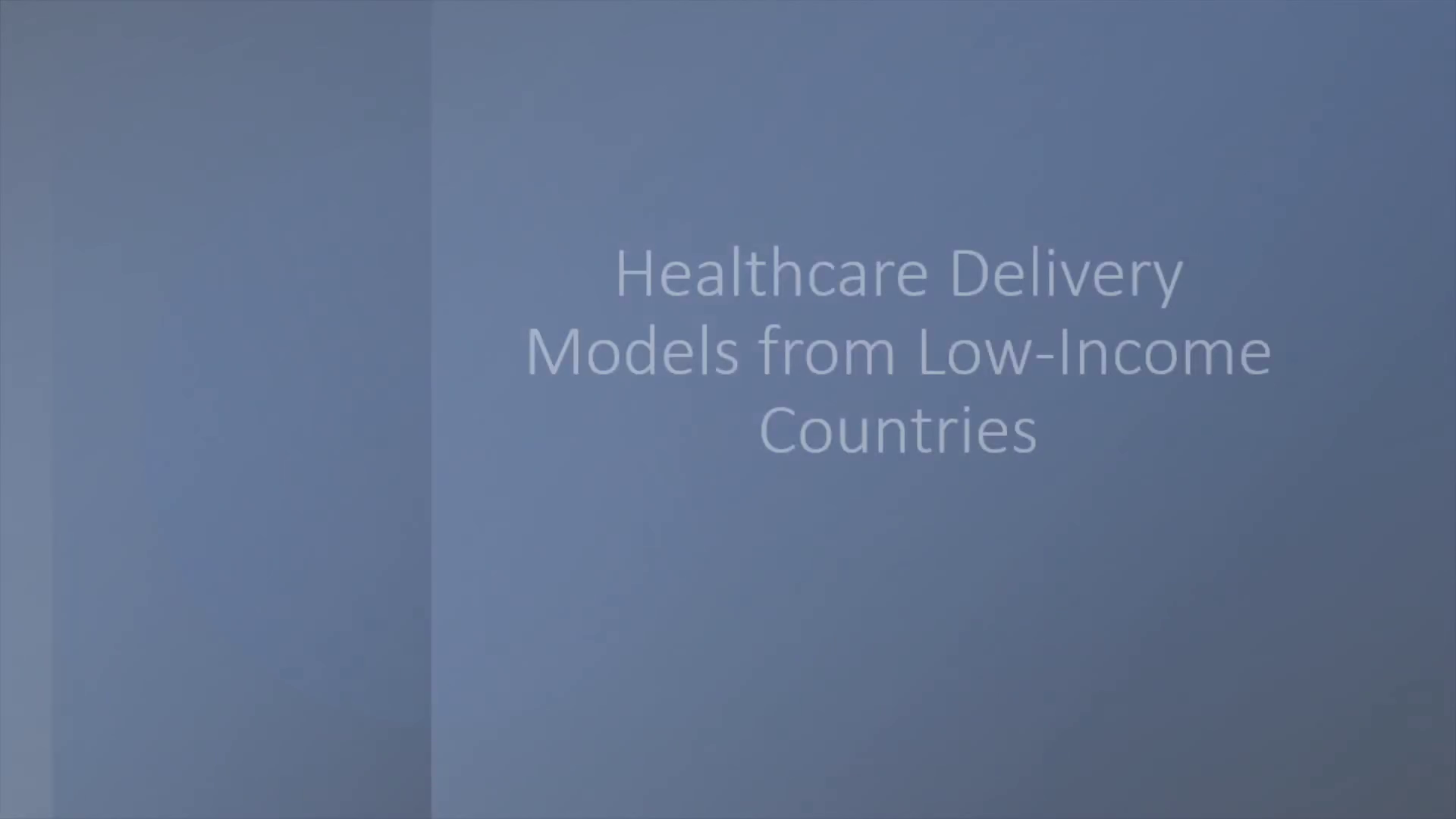
Page 1 (0s)
Healthcare Delivery Models from Low-Income Countries.
Page 2 (16s)
Innovative Approaches to Strengthening Health Systems.
Page 3 (38s)
The President of the Republic of Zambia launches the second edition of ....
Page 4 (1m 10s)
[Audio] Another critical approach is to involve the broader community. This could include collaborating with local NGOs, creating job training programs, or nutrition counseling to meet a particular population's particular needs. Regional stakeholders would also have greater access to services. There is often an improved understanding of cultural sensitivities that lie outside of traditional medicine but have a tremendous impact on delivering quality patient care..
Page 5 (1m 42s)
Implications for US Healthcare Systems. RBF model could help unlock resources while incentivizing healthcare providers Community involvement offers insight into community health priorities and improved service delivery. Ultimately, these innovative approaches provide promising solutions for our US healthcare systems. The Results-Based Financing Model could unlock resources in typically neglected regions while offering incentives to healthcare providers that meet performance criteria(Fried & Gaydos, 2002, p, 166). On the other side, Community Involvement can help stakeholders better understand the needs of their patients and promote services that are more culturally sensitive to local populations (Fried & Gaydos, 2002, p, 167)..
Page 6 (2m 13s)
[Audio] In conclusion, leveraging both the Result Based Financing model and Community Involvement approach could have many benefits for US healthcare systems, especially when it comes to improving access and reducing disparities in health outcomes among underprivileged groups..
Page 7 (2m 30s)
Reference. Fried, B., & Gaydos, L. M. (Eds.). (2002). World health systems: Challenges and perspectives (pp. 99-120). Chicago, IL: Health Administration Press..